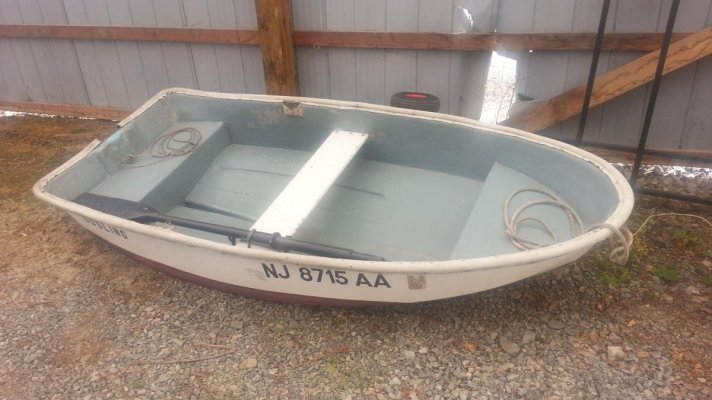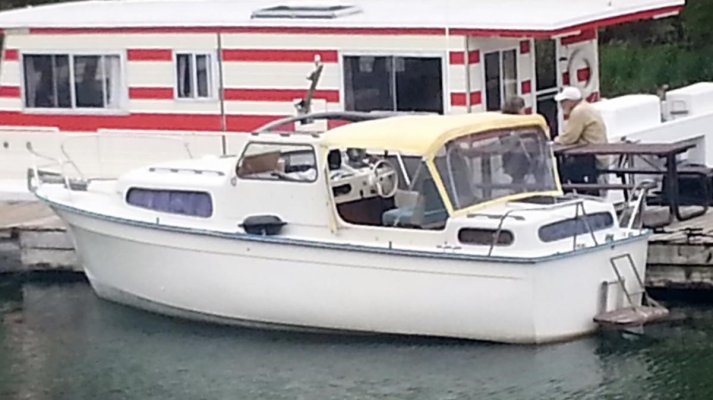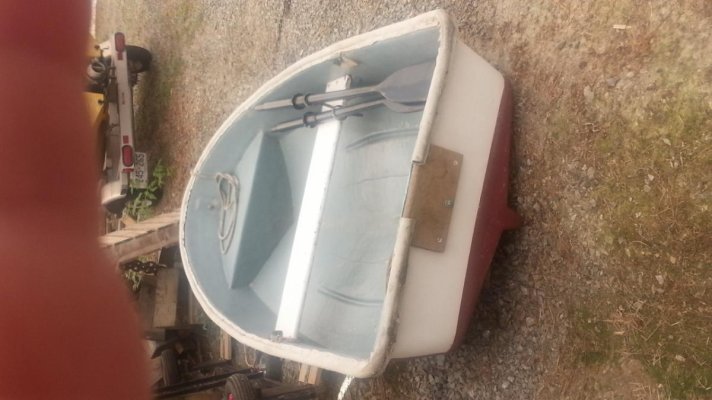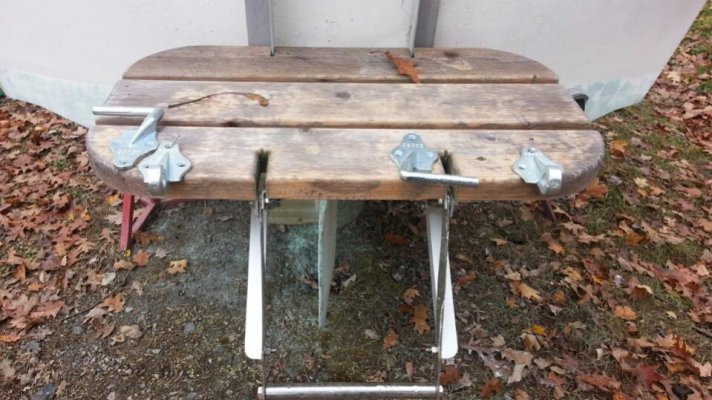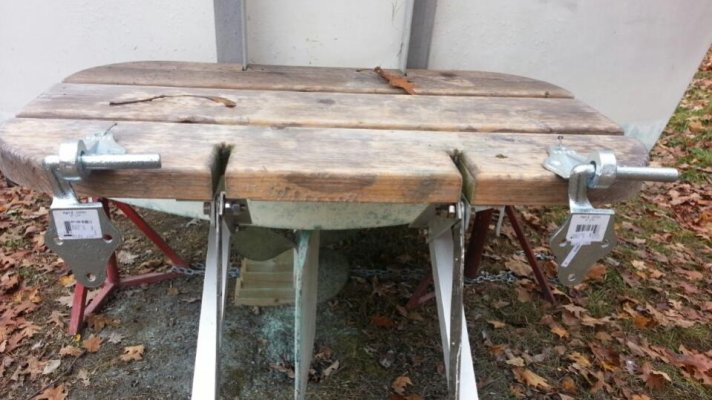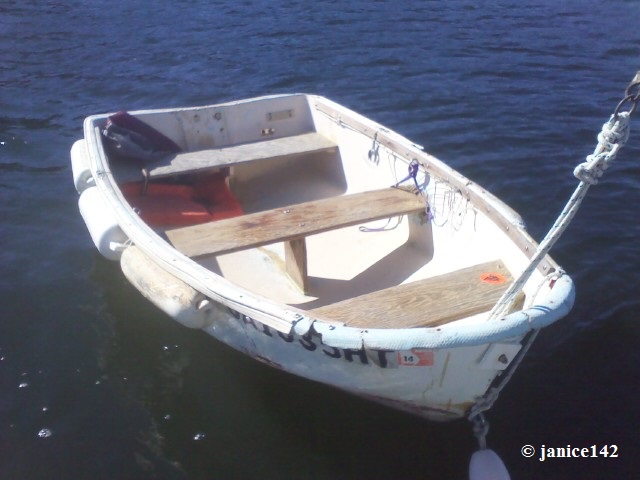Sunset
Senior Member
- Joined
- May 12, 2013
- Messages
- 278
- Location
- Canada
- Vessel Name
- Manatee
- Vessel Make
- 1976 Albin 25 DeLuxe
I just now scored this FB dinghy (oar-power) for $200 delivered.  Our Albin 25 has a narrow swim platform and I'm not sure if it's wide enough for davits. Generally I guess I plan to mainly tow but there may be situations where I will need or want to get it up and out of the way. Has anyone dealt with a similar situation? Advice? I'll try to post pics to show each vessel:
Our Albin 25 has a narrow swim platform and I'm not sure if it's wide enough for davits. Generally I guess I plan to mainly tow but there may be situations where I will need or want to get it up and out of the way. Has anyone dealt with a similar situation? Advice? I'll try to post pics to show each vessel:
 Our Albin 25 has a narrow swim platform and I'm not sure if it's wide enough for davits. Generally I guess I plan to mainly tow but there may be situations where I will need or want to get it up and out of the way. Has anyone dealt with a similar situation? Advice? I'll try to post pics to show each vessel:
Our Albin 25 has a narrow swim platform and I'm not sure if it's wide enough for davits. Generally I guess I plan to mainly tow but there may be situations where I will need or want to get it up and out of the way. Has anyone dealt with a similar situation? Advice? I'll try to post pics to show each vessel:
